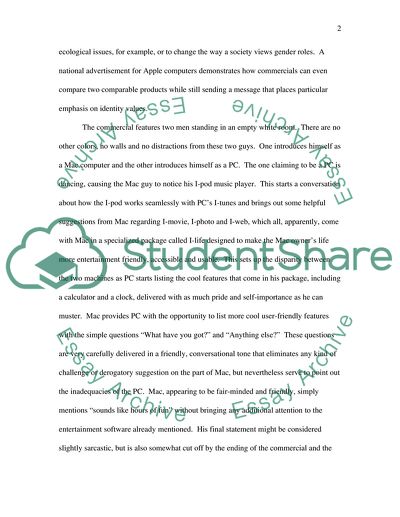Cite this document
(“TELEVISION COMMERCIAL ANALYSIS (Film & Television) Essay”, n.d.)
TELEVISION COMMERCIAL ANALYSIS (Film & Television) Essay. Retrieved from https://studentshare.org/miscellaneous/1537085-television-commercial-analysis-film-television
TELEVISION COMMERCIAL ANALYSIS (Film & Television) Essay. Retrieved from https://studentshare.org/miscellaneous/1537085-television-commercial-analysis-film-television
(TELEVISION COMMERCIAL ANALYSIS (Film & Television) Essay)
TELEVISION COMMERCIAL ANALYSIS (Film & Television) Essay. https://studentshare.org/miscellaneous/1537085-television-commercial-analysis-film-television.
TELEVISION COMMERCIAL ANALYSIS (Film & Television) Essay. https://studentshare.org/miscellaneous/1537085-television-commercial-analysis-film-television.
“TELEVISION COMMERCIAL ANALYSIS (Film & Television) Essay”, n.d. https://studentshare.org/miscellaneous/1537085-television-commercial-analysis-film-television.


